The 10 Best Cities to Visit in Japan Beyond Tokyo
If you’re planning a trip to Japan, chances are you’re already thinking about visiting Tokyo. With its futuristic vibes, historical sites, staggering number of Michelin-starred restaurants, and deep bench of hotel options, it’s difficult to pass up.
But you can’t really experience a country by seeing just one city—even a city as cool as Tokyo. If you’re already heading overseas, why not make your view of Japan as expansive as possible? From relaxing in hot springs to exploring historical venues and sampling great eats, there's so much to see and do outside the capital. Time to start building your itinerary: These are the best cities to visit in Japan beyond Tokyo.
Related: The Best Golf Courses in All 50 States: Where to Tee It Up in America
The 10 Best Cities to Visit in Japan
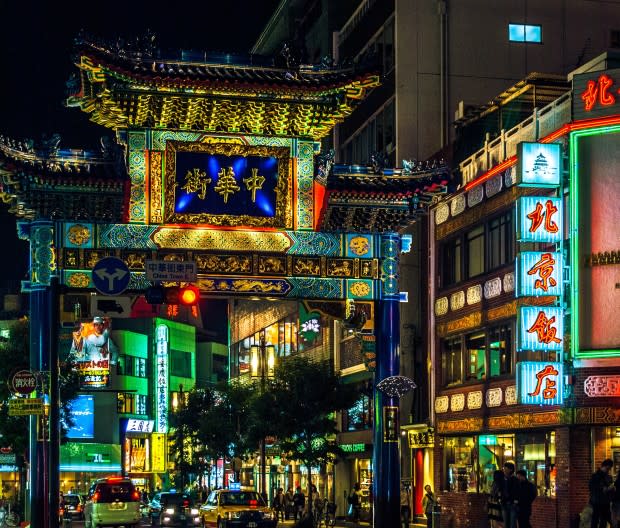
Copyright Artem Vorobiev / Getty Images
Yokohama is just a quick train ride from Tokyo, making it the perfect day trip if you’re short on time. Start at the Cup Noodles Museum, which offers visitors the novel experience of crafting their own Cup Noodles. In the process, you’ll end up accidentally learning a lot about the nature of innovation and market building. For an unexpected cultural experience, visit Yokohama’s Chinatown—the largest Chinatown in Asia—and go for a cultural triple play by getting a Vietnamese egg coffee and banh mi at Café Giáng.
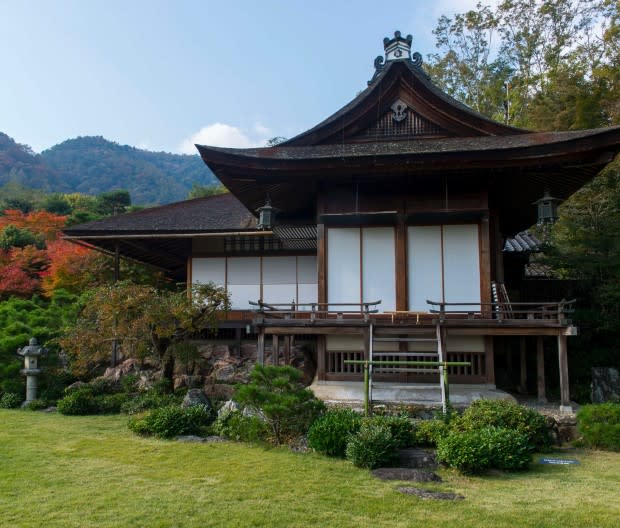
Wolfgang Kaehler / Getty Images
Yes, Kyoto gets plenty of tourism traffic, but that’s because it’s the perfect place to continue your post-Tokyo explorations. From the Gion district, where geisha are often spotted escorting their clients, to the vermillion-colored torii gates, Japan’s ancient capital is the perfect place to engage with the nation’s history. Ditch the crowds at Arashiyama and instead grab a cup of tea for a much more zen stroll at the nearby Okochi Sanso Garden. Or go all in and hike up the hill to visit Arashiyama Monkey Park Iwatayama, home to some of Japan’s cutest primates. Sure, you can grab a snack at Nishiki Market (just be sure to buy something if you block a stand to grab a photo), but real insiders head to Engine Ramen: The restaurant serves a bowl of the classic Japanese noodle soup so good, visitors will line up before it opens (4:30 p.m.) to grab gluten-free, vegetarian, and meat-filled options.
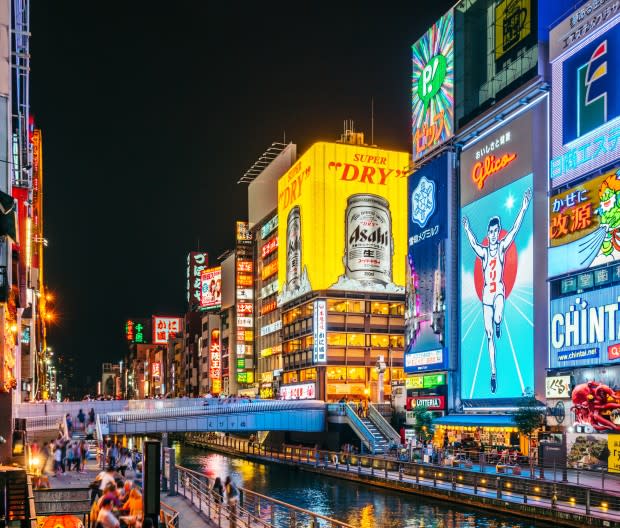
Nikada / Getty Images
Osaka’s nickname is “The Kitchen of Japan.” After you’ve walked through Dotonbori and posed like the Glico Man (a massive neon sign that looms above Dotonbori bridge), or spent some time appreciating the city’s picture-perfect castle (take your photos from the plum grove area), it’s time to eat. Hit up a kushikatsu for the ultimate deep-fried snack experience. Grab takoyaki from a street vendor—yes, they’re filled with octopus, but you’re in for a light, potato-like bite. Slurp kitsune udon, a soup filled with fried tofu that’s said to be the favorite food of foxes. Slice into okonomiyaki, savory pancakes that can be filled with meat, seafood, and veggies. Finally, if you have room (and who doesn’t have room for dessert), we have two words for you: jiggly cheesecake.
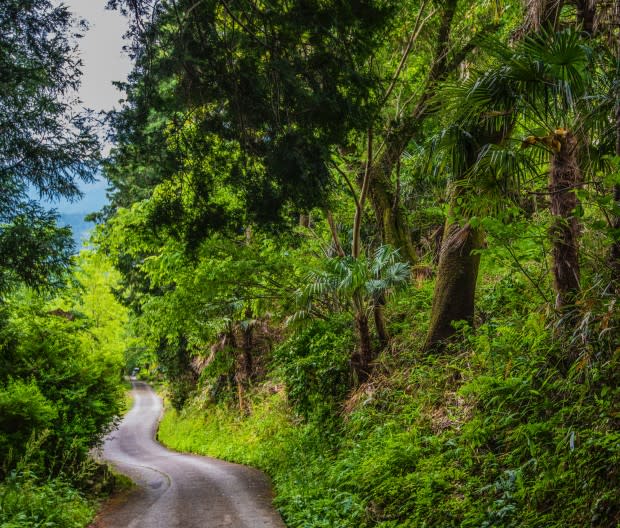
LITTLE DINOSAUR / Getty Images
Telling a Japanese local that you’re going to Mie Prefecture might evoke surprise—but that’s all the more reason to visit this underrepresented region. Located about two hours outside of Kyoto, the Misugi area (officially part of the city of Tsu) is packed with just as much history and culture as urban alternatives. Sample emerald-colored adzuki bean sweets made by fourth-generation candy makers at Azumaya. Try your hand at weaving straw, or throw your whole body into forest bathing (a.k.a. a guided walk that combines meditation with sightseeing in the area’s stunning woods). Due to the traditional nature of the village, many businesses don’t have a regular web presence, but activities can always be scheduled via the local tourism board.
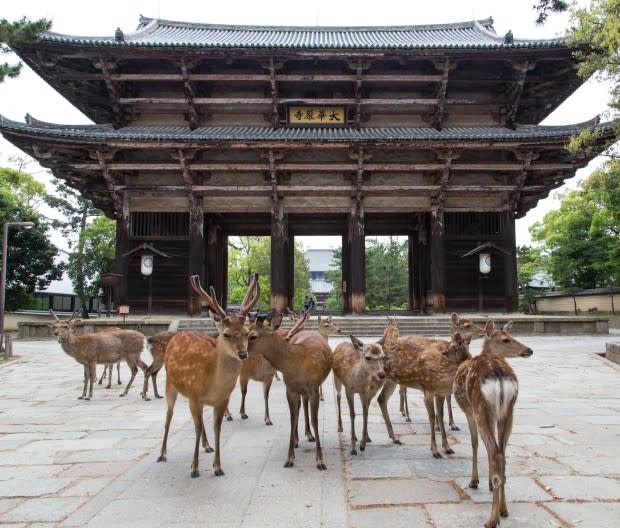
John S Lander / Getty Images
Given its proximity to Kyoto, visitors often see Nara on a day trip, but staying overnight changes the experience dramatically. The city’s centerpiece, Nara Park (and its eponymous deer), is free to enter. However, because we’re dealing with wild animals, you’re not always guaranteed to see them in large numbers during a daytime visit. For your best odds of seeing the deer en masse, getting to the park before sunrise is crucial. Not only will you have the premises largely to yourself, but you might even catch the morning chant, delivered by a monk to welcome the deer to the park each morning. If you feel the need to get even more up close and personal with the residents of the park, a ¥200 bundle of shika senbei “deer crackers” will do the trick. Just remember that they’re wild animals, and they can be very assertive when presented with a snack.
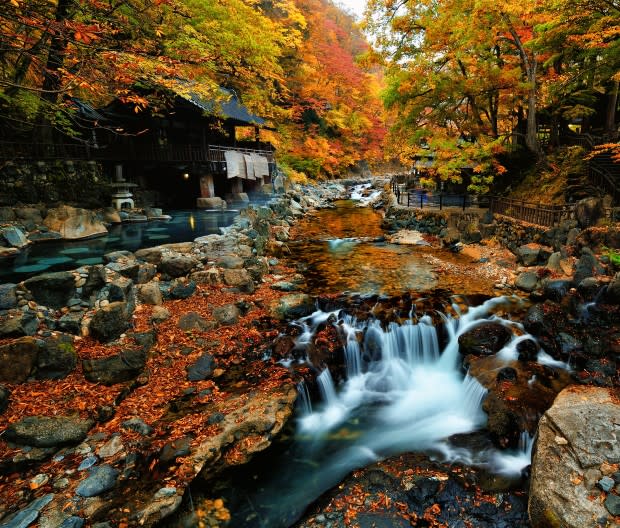
untouchablephoto / Getty Images
Located just two hours outside Tokyo, Minakami is the ideal location for a quick hit of stunning Japanese countryside. Go canyoning during the summer (a beginner-friendly combination of walking, scrambling, swimming, and crawling over boulders), or ski in the winter at one of the area’s nine resorts. It’s also a geothermal hot spot, so sink into a pool at the Minakami Onsen or Takaragawa Onsen (pictured) after a busy day of exploration for some relaxation and gorgeous views.
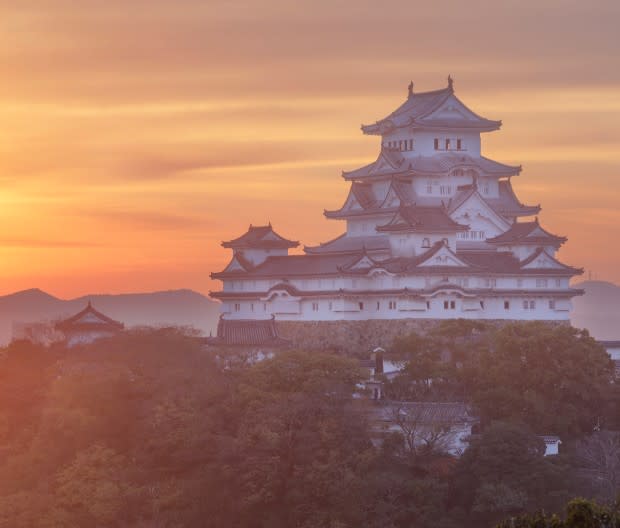
Julian Elliott Photography / Getty Images
Located just 45 minutes outside of Kyoto, Himeji is home to one of Japan’s most stunning historical sites—the Himeji Castle. This architectural gem from 1333 is so well preserved, it’s worth making a special visit. (You might recognize it from its appearance in the James Bond film You Only Live Twice.) Rumors of its formidable fortifications kept it from being attacked, a fun fact you’ll experience firsthand as you climb the steep hill and pass through increasingly smaller entryways to access the castle. Slip off your shoes to explore the many wonders inside, including a pillar made of now nearly extinct Japanese Cypress and intimidating guardian roof statues.
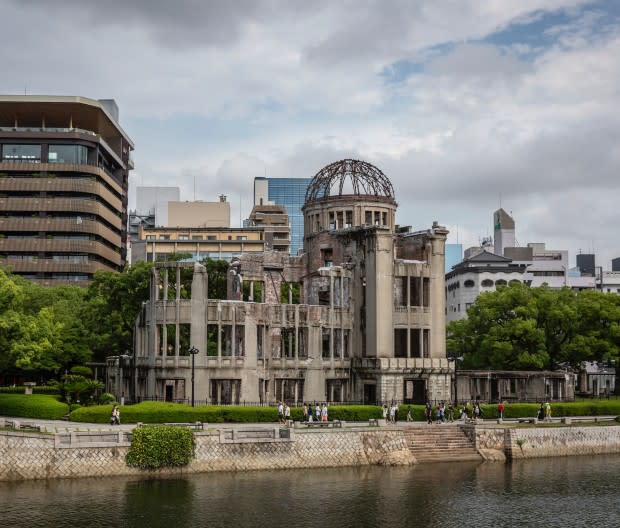
Yuichi Yamazaki / Getty Images
After recovering from the devastation of World War II, Hiroshima has become a monument to peace. You can still see the Genbaku Dome (above), a ruined building that stands as a memorial to those killed in the atomic bombing of 1945. It’s buffered by Peace Memorial Park, a location filled with tributes to nonviolence, folded paper cranes, and—during the spring—a stunning display of cherry blossoms. Couple your visit to the city with a trip out to Itsukushima, home to an iconic, water-bound torii gate. Once you work up an appetite, try Hiroshima-style okonomiyaki, a savory pancake piled high with noodles.
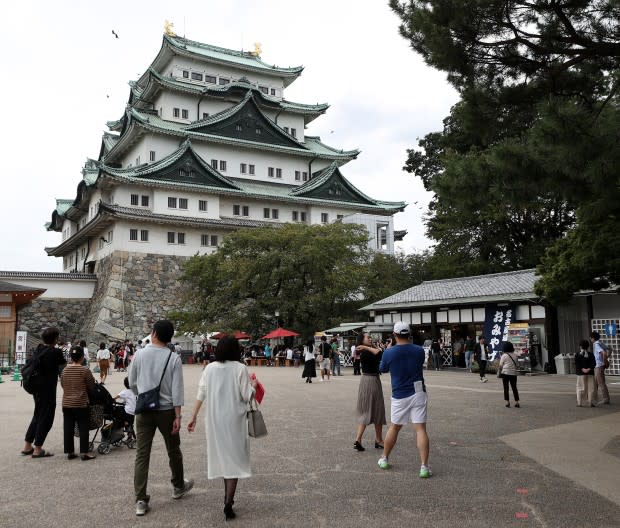
David Davies - PA Images / Getty Images
Anime fans, take note: Ghibli Park recently opened in Nagoya. (Just make sure to book ahead—reservations fill up fast.) But you don’t have to be obsessed with Howl’s Moving Castle to enjoy Japan’s fourth-largest city. The city is home to Toyota, and gearheads should definitely check out the Toyota Commemorative Museum of Industry and Technology, while engineering minds of any age will find something to like at Legoland.
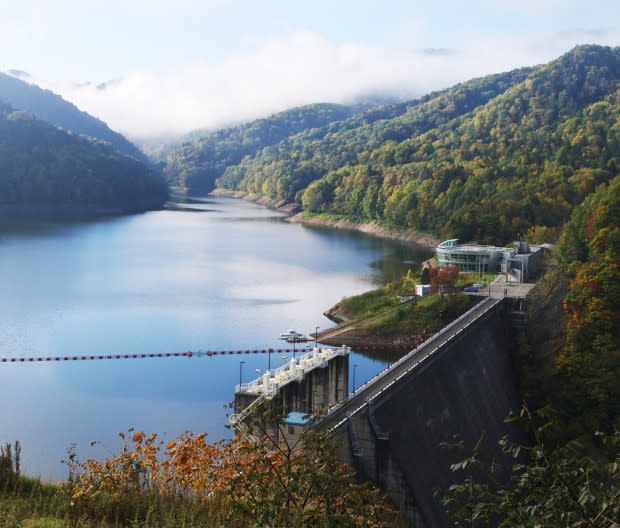
Image House/a.collectionRF / Getty Images
Eastern Hokkaido is an area so packed with national parks that it requires its own entry on this list. Although most tourists don’t venture off Honshu, Japan’s main island, Hokkaido (the country’s most northern island) is quickly gaining a reputation as a place for adventure seekers. Bike alongside world-class athletes in training along Kanayama Lake’s postcard-worthy views (see above). Get your Lord of the Rings cosplay on at Asahidake, where you can hike alongside an active volcano; it's also a renowned backcountry ski destination. Or just relax and take in jaw-dropping views on the region’s many cable car routes. Added bonus: Hokkaido is one of the biggest dairy producing regions in the country, so you’re never far from Japan’s ubiquitous soft-serve ice cream.
